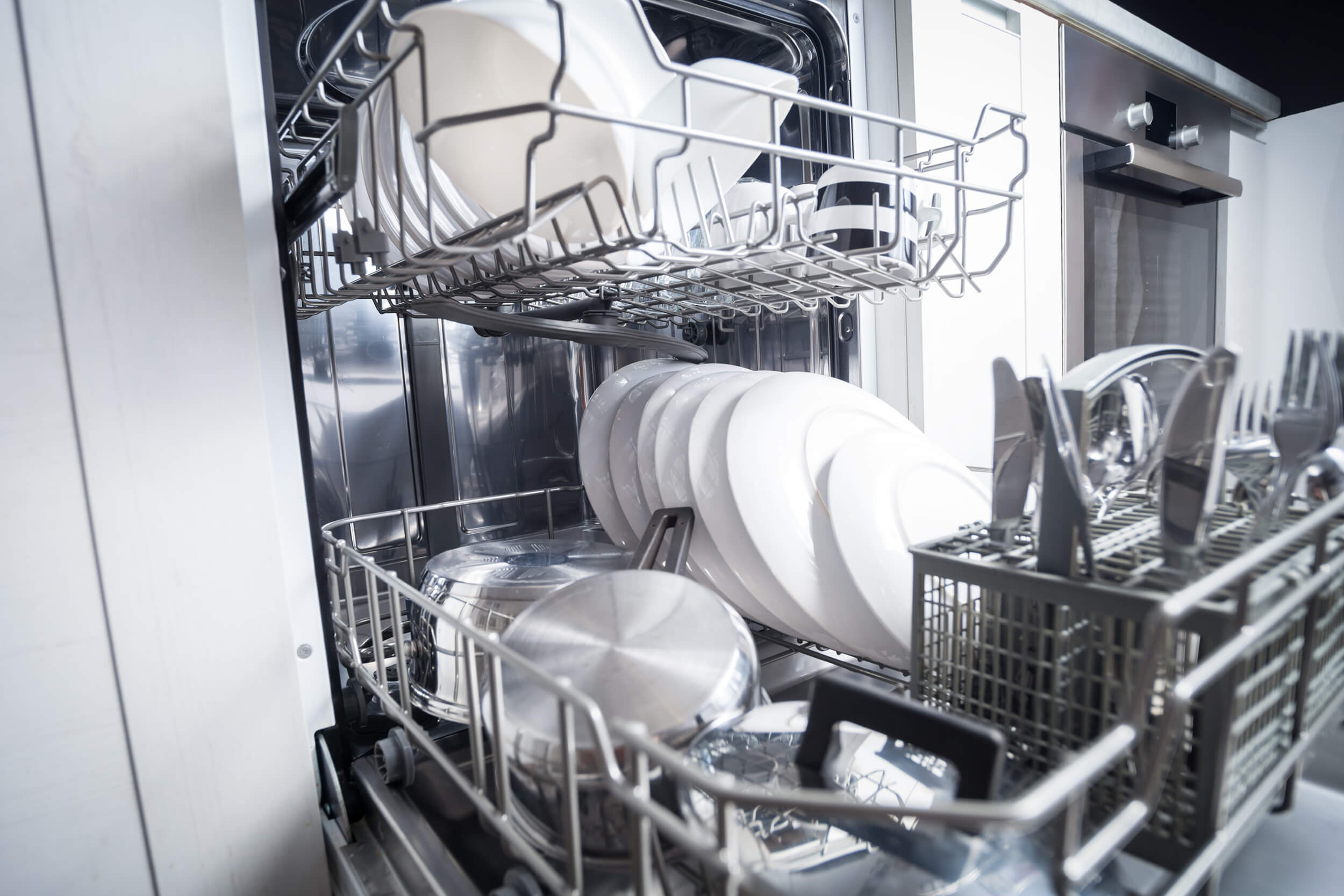Contact: Ben Somberg, 202-658-8129, bsomberg@aceee.org

Washington, DC—Energy-saving standards for home refrigerators and freezers announced by the Biden administration today will ensure new models use significantly less energy while maintaining today’s latest features and sizes. The final standards from the Department of Energy (DOE) mirror a joint recommendation from the major home appliance manufacturers and consumer, climate, and energy efficiency advocates.
The updated standards will save U.S. consumers up to $36.4 billion on utility bills and avert nearly 101 million metric tons of carbon dioxide emissions from power plants from the use of new models sold over 30 years, according to DOE.
The standards strengthen the separate efficiency requirements for different types of standard-size refrigerators (such as top-mount and bottom-mount refrigerator-freezers) and standard-size freezers (upright and chest freezers), as well as for compact refrigerators and freezers. For nearly all types, new models will use 10-15% less energy than their lowest-performing counterparts sold in stores today.
“Refrigerator technology keeps improving, and today the standards are catching up to ensure every new model uses key energy-saving features,” said Andrew deLaski, executive director of the Appliance Standards Awareness Project. “It’s going to mean a more cost-effective product for consumers and one that’s easier on the climate. It has been particularly encouraging to see the manufacturers embrace this continued significant progress.”
Models meeting the new standards will likely use some combination of more-efficient compressors and fan motors and better insulation. In particular, most new models in the major product categories are expected to use variable-speed compressors (found in some models today). These compressors run longer at a lower speed, which means they stop and start less frequently; they can also keep foods at more consistent temperatures.
The new standards will take effect in February 2029 for most product types and February 2030 for others. This extended period, called for in the joint recommendation, allows manufacturers additional time to make upgrades to models.
The DOE last updated standards for refrigerators and freezers in 2011. It was required by law to finalize new standards by 2019, unless it determined that no update was necessary.
A wide coalition of home appliance manufacturers and efficiency advocates announced their consensus recommendation in September for final DOE efficiency standards for refrigerators and freezers as well as for five other products: beverage and wine chillers, clothes washers, clothes dryers, dishwashers, and cooking products. The administration indicated in a regulatory agenda this month that it is pursuing adopting the recommended efficiency levels and compliance dates for each of these products.
###
The Appliance Standards Awareness Project (ASAP) advocates for appliance, equipment, and lighting standards that cut planet-warming emissions and other air pollution, save water, and reduce economic and environmental burdens for low- and moderate-income households. ASAP’s steering committee includes representatives from environmental and efficiency nonprofits, consumer groups, the utility sector, and state government.




